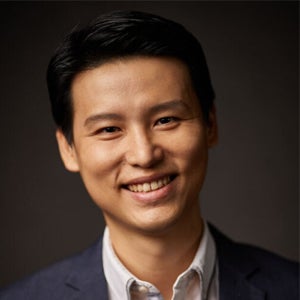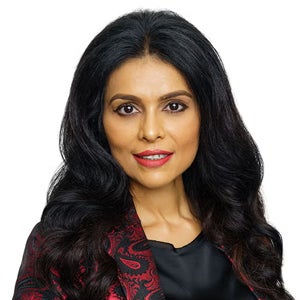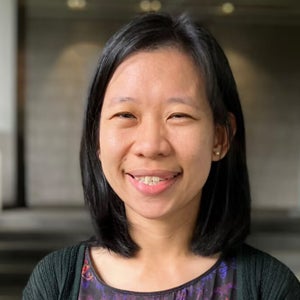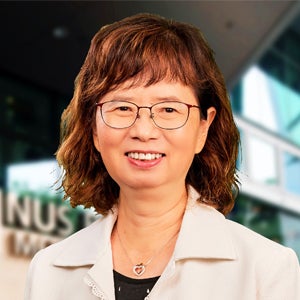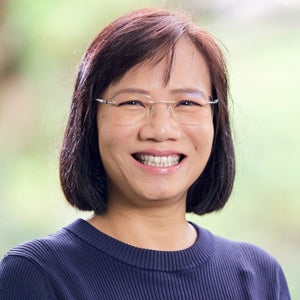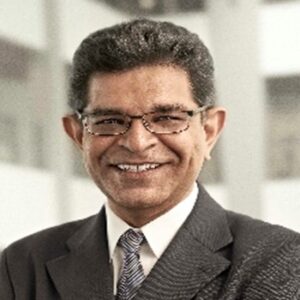What is Feedback?
Feedback is any information about the quality of what students do, think or accomplish, which can be used to improve their learning. Feedback might come from teachers, peers, self or the task itself. It may include information on the learner’s current state, where the learner is, where the learner is going, or what steps should be taken and strategies employed to get there.
Feedback is more effective if it is seen as a process which encourages learners in active processing rather than mere transmission of information. In other words, students need to interpret, understand and make use of the information to bring about the necessary changes or revisions to improve their learning. Therefore, feedback should be crafted in a way that is informative, meaningful and useful to your students.
Askew and Lodge (2000, p.4) reminded us about this shift in power or control from the teacher to the students during the learning journey. See the Table below on the purpose of feedback in relation to models of teaching, role of teacher/teaching goals and view of learning.
| Model of teaching | Role of teacher/ teaching goals | View of learning | Purpose of feedback |
| Receptive-transmission | Teacher is an expert, whose role is to impart new knowledge, concepts and skills. | The focus is on cognitive dimensions. Learning is individual and affected by ability which is seen as fixed. Learning involves gaining or acquiring new knowledge progressively and could be internalised through constant practice and memorisation | Seen as traditional discourse in which an ‘expert’ provides information to others in order to change behaviour. The primary goal is to evaluate and feedback is seen as a ‘gift’. |
| Constructive | Teacher is an expert, whose role is to facilitate discovery of new knowledge, concepts, skills and to help make connections and gain new insights. | The focus is on cognitive dimensions but social dimensions recognised to some extent. Learning is individual sense-making, which can develop and is affected by experiences. Learning is about making connections between new and prior knowledge to construct new schemas. | More as an expanded discourse in which ‘expert’ enables others to gain new understandings, make sense of experiences and make new connections. The primary goal is to support the sense-making process. Feedback is a two-way process (how ‘ping pong’ is played). |
| Co-constructive | Teacher is viewed more as an equal, sees himself or herself as a learner. Teacher not only facilitates and helps to make connections, but promotes collaboration and active discussion or dialogue. | The focus is on cognitive, emotional and social dimensions of learning. The view of learning is extended to include reflection on the learning process itself and learning about learning (at meta-level). | More as an expanded discourse involving reciprocal process of talking, negotiating, sharing and perspective-taking. The primary goal is to engage all parties in the process. Feedback is a dialogue, formed by ‘loops’ connecting the participants. |







